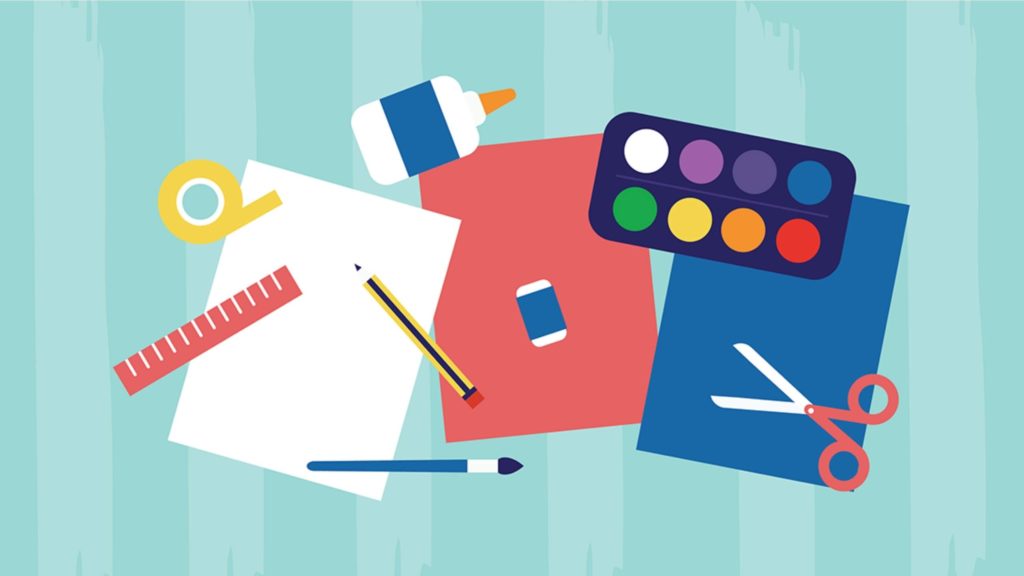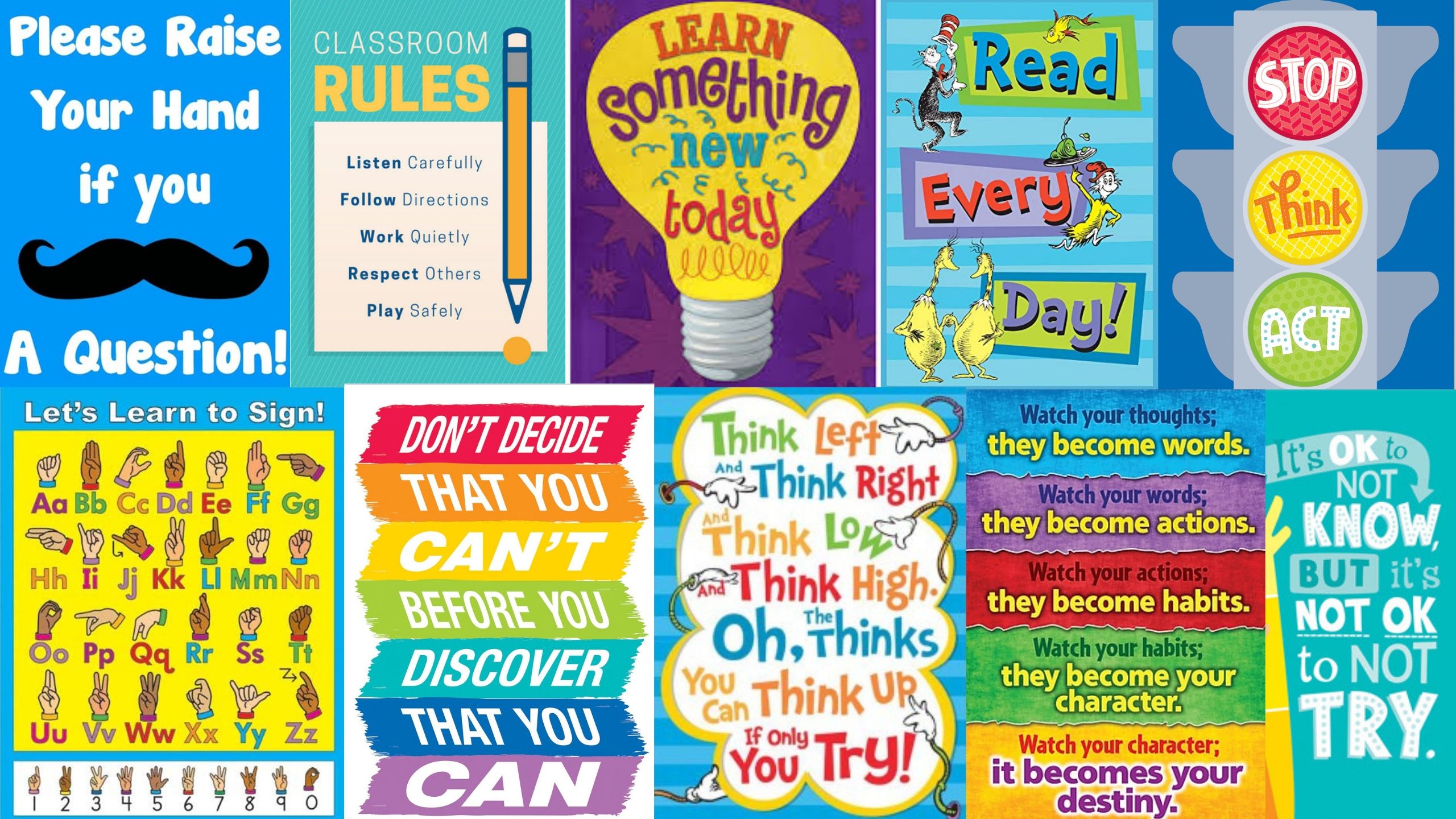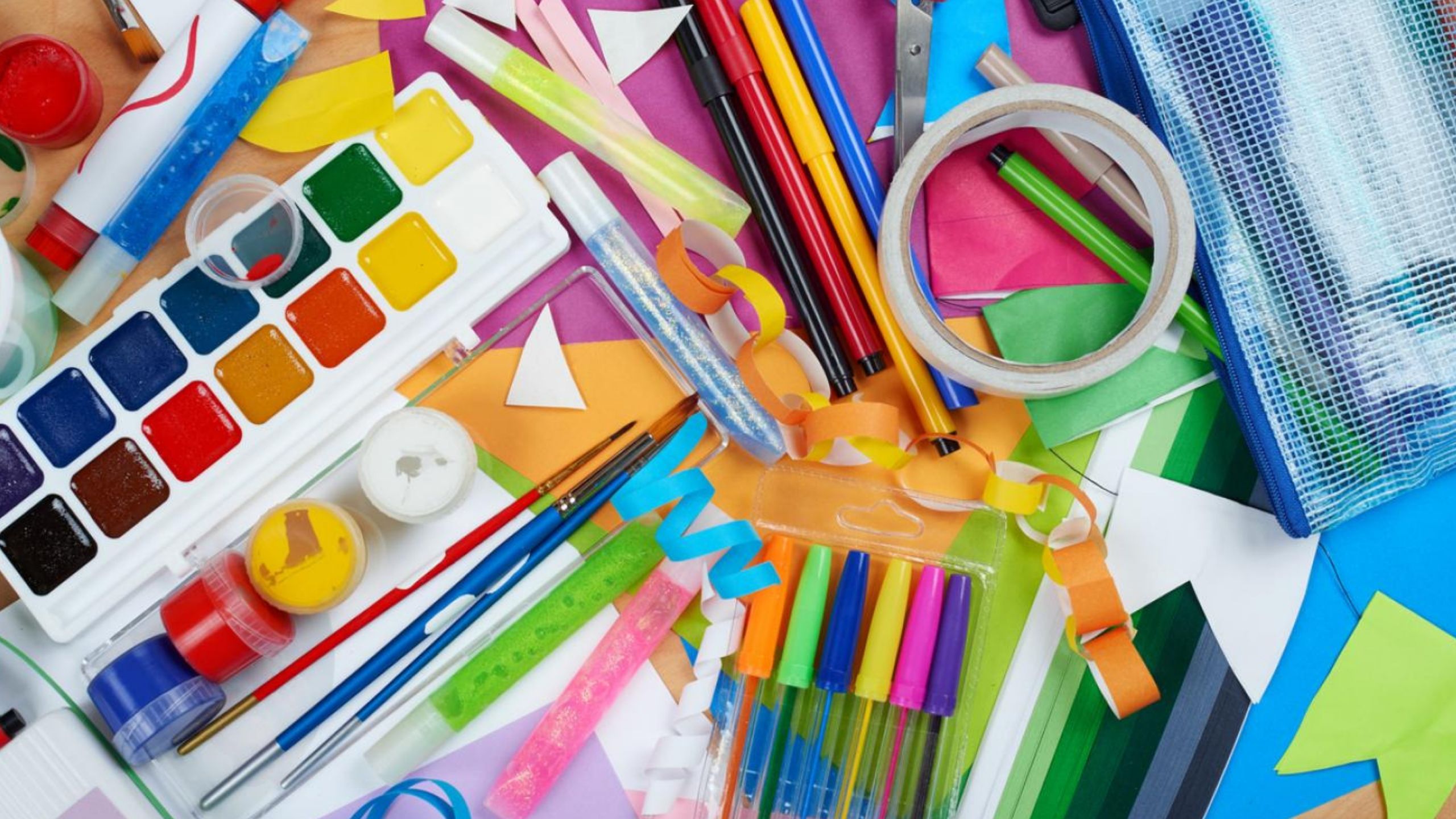5 ways to improve your classroom space and productivity

According to teaching standard 7, teachers should ‘manage behaviour effectively to ensure a good and safe learning environment,’ but this environment does not need to be static.
In today’s more progressive classroom, movement is encouraged, and visual stimulation has become an integral part of any classroom design. Classrooms should be warm and inviting environments, where pupils should feel a sense of belonging and ease.
Take full advantage of your classroom space to ensure pupil productivity and creativity is enhanced in the following ways:
1. Display pupil work on the classroom walls
Pupils love to see their work exhibited around the classroom, so dedicate a wall to each class or year group and update it on a termly basis. When pupils see their own projects and efforts publicly displayed, they obtain a sense of pride and ownership, much like a proud parent hanging their exam paper on the fridge. It is a public affirmation of their value and contribution to that class.
Arrange a group project or classroom activity, where pupils can be creative and collaborate with their peers. Pupils can create a newspaper article, advertisement, book cover, blog or diagram and perfect them for homework. Putting these displays up shouldn’t be too time-consuming if you nominate a few pupils to help you hang them during lesson time.

2. Use relevant posters
When pupils are not paying attention, they are usually looking around the classroom. What will they see? Blank walls, meaningless colourful décor, or materials that enhance their learning. Teachers often underestimate the long-term impact of what hangs on the walls, but they have huge potential as a learning aid.
For literature students, important novel quotations are useful. For language students, common words and phrases are handy. What hangs on the walls possesses enormous potential to “sink in” with pupils. That said, there should always be a blank thinking wall, so pupils aren’t too overwhelmed by learning materials.
3. Experiment with your classroom configuration
The size of your classroom or number of pupils should not deter you from experimenting with the layout. Whilst some teachers are more comfortable seating their pupils in traditional rows and columns, others enjoy small group tables and horseshoes for debates.
Some of the most successful lessons I taught were when we pushed all of the tables to the side and just had chairs positioned in a circle – there was a real sense of community and engagement levels were highest.

4. Make use of every space
Classrooms are made up of all shapes and sizes and are there are often areas of underutilized spaces. Use your creativity to create a private workstation, reading area and group activity table. Avoid standing at the front of the classroom all lesson, as pupils could lose interest and engagement levels are most likely to drop.
Try to use a wireless clicker for the whiteboard and position yourself wisely in the classroom. Pupils are more alert and active when you circulate and interact with them, so design your classroom setting in a way that makes this easier for you.
5. Make your classroom, your home
If you’re lucky enough to have your own classroom, you will find yourself spending more time here than in your own home, so make it comfortable and keep it organized. Find some boxes for your stationery and allocate some shelves or cabinets for pupil books.
Make sure each table has all the learning tools, so you don’t spend half your lesson handing out and collecting mini-whiteboards. Create a system that gives yourself and your pupils a sense of ownership and belonging, by allocating classroom monitors. Most importantly, make your classroom a place you’d like to be, and your pupils will want to be there too!








Responses